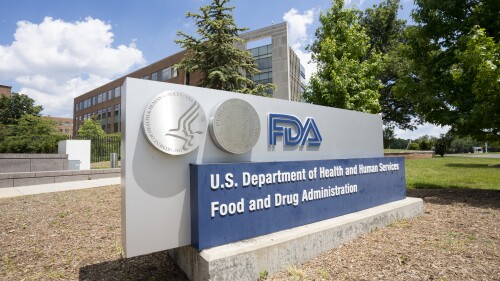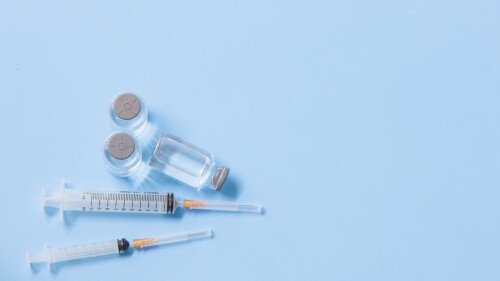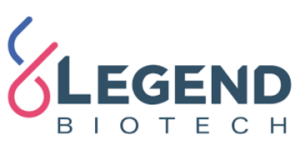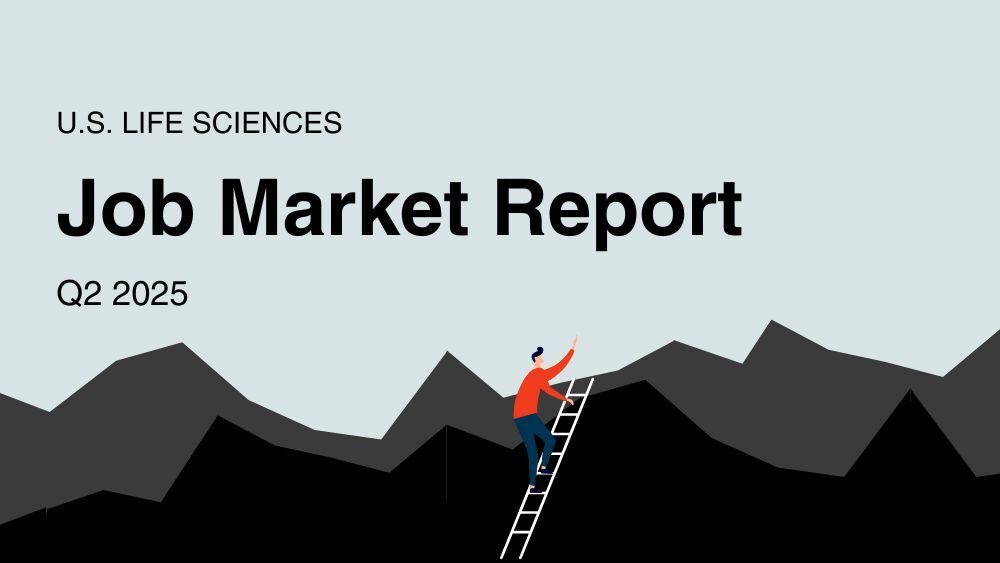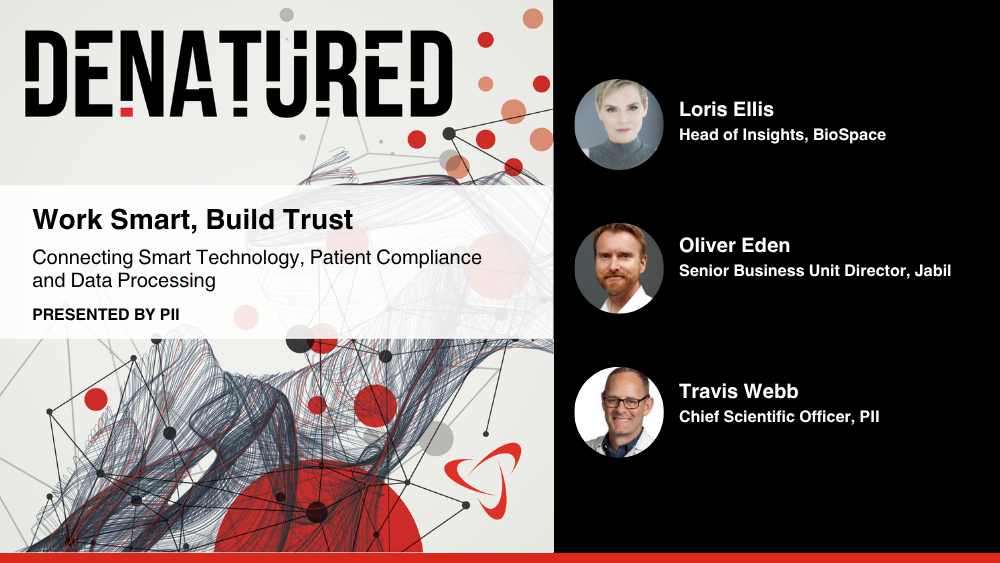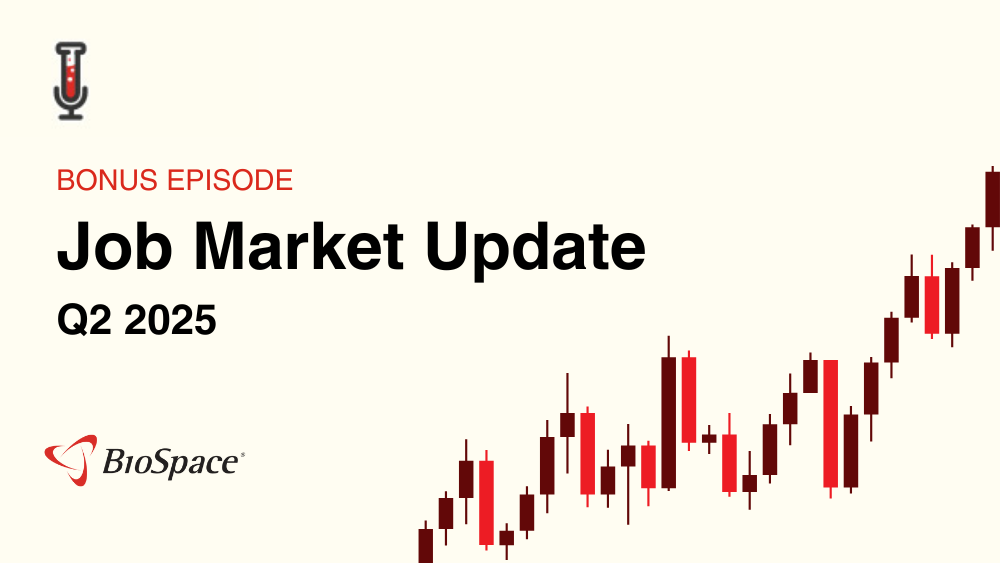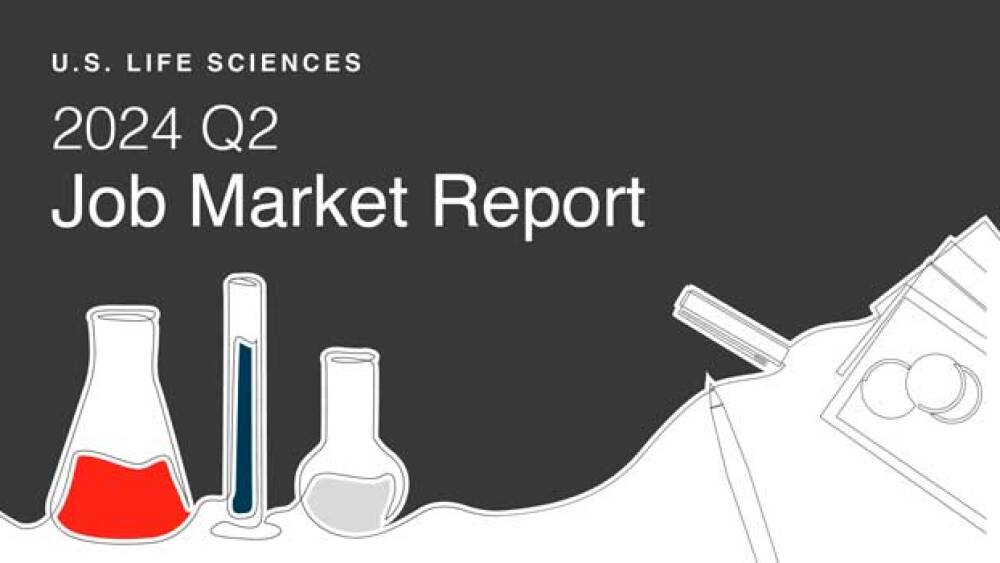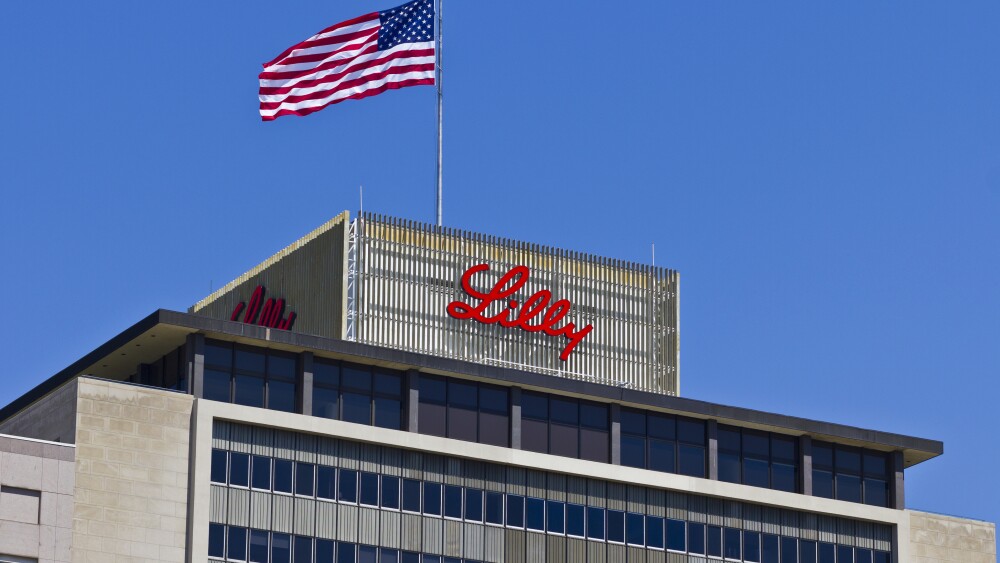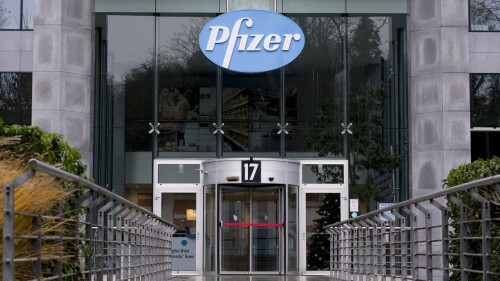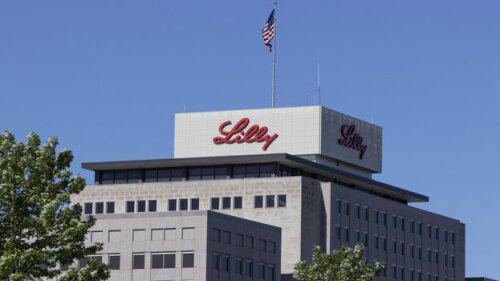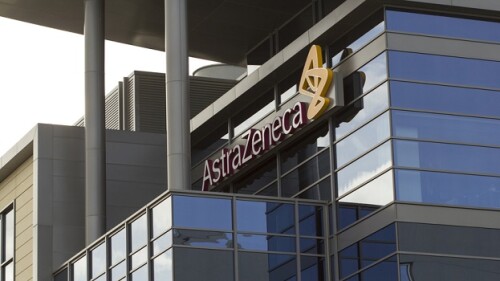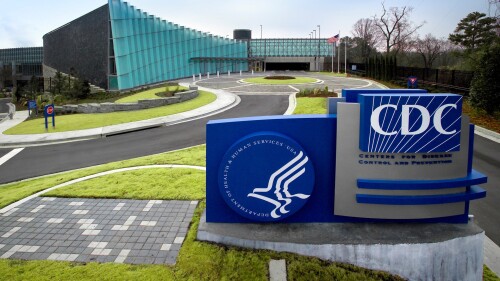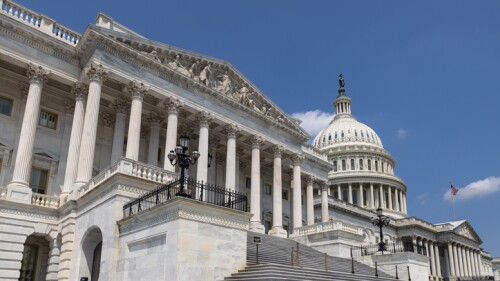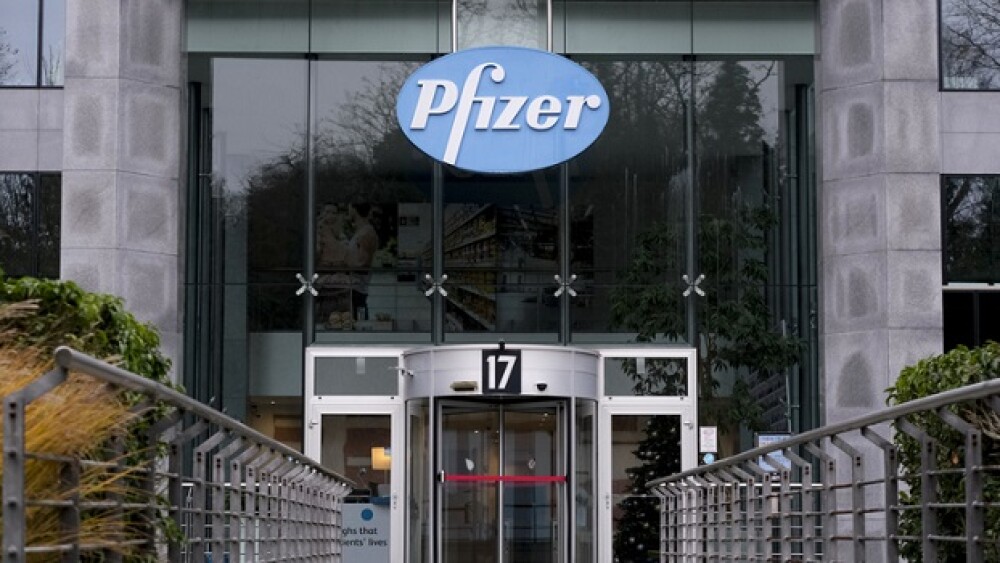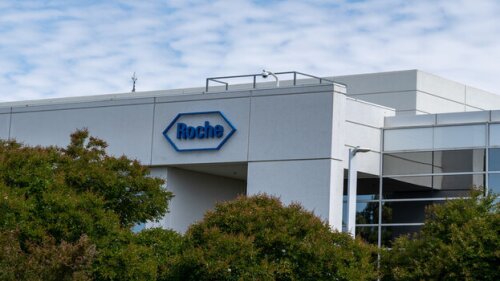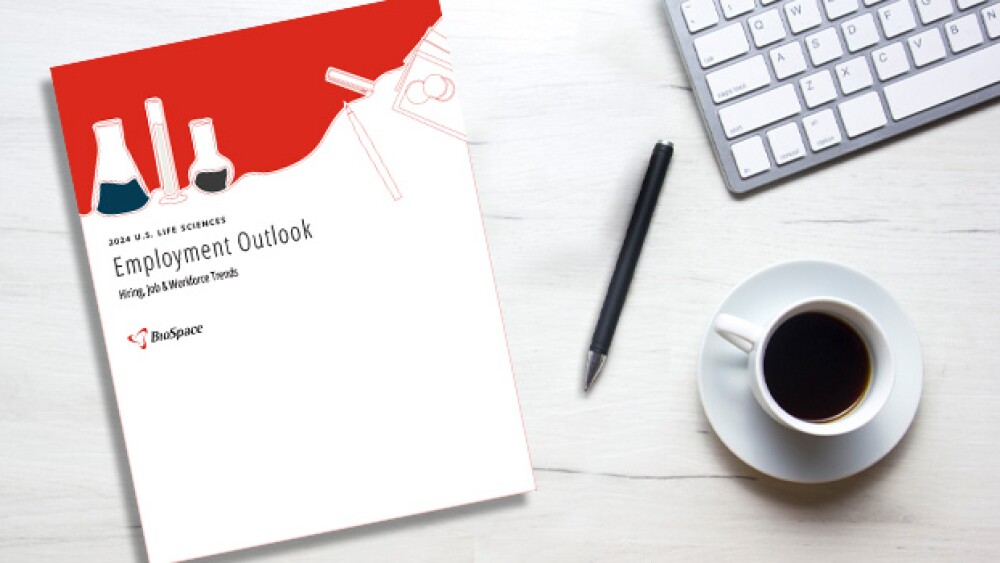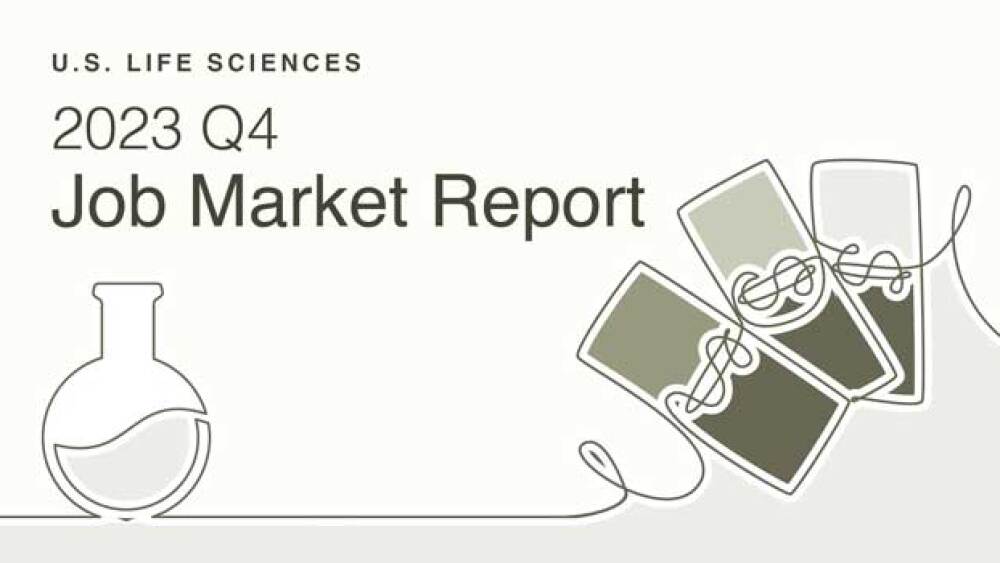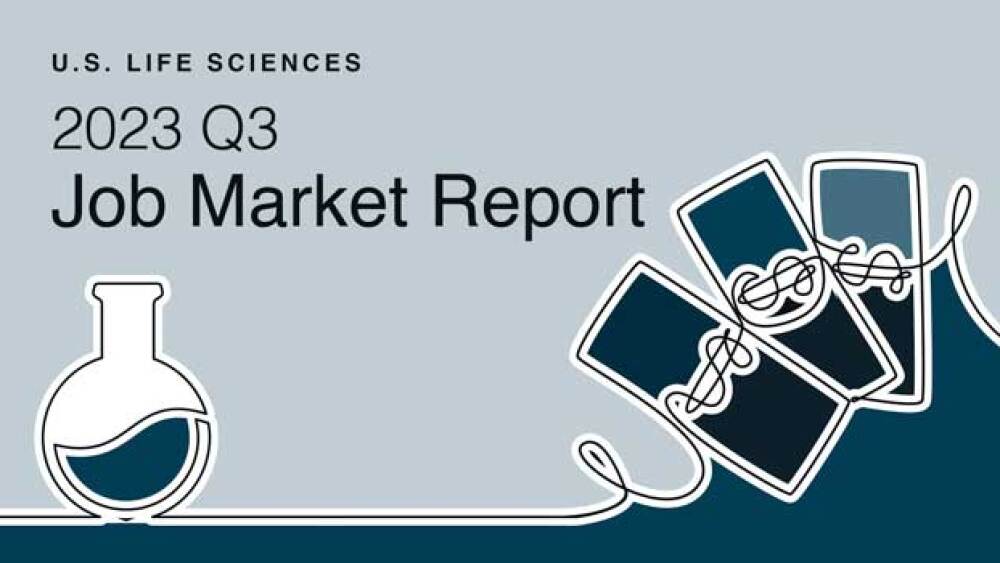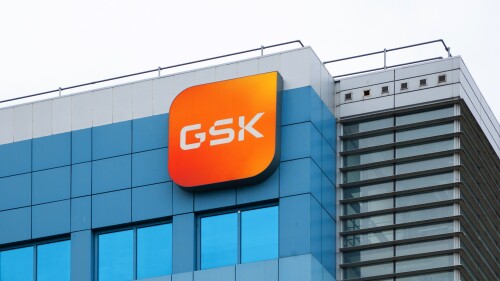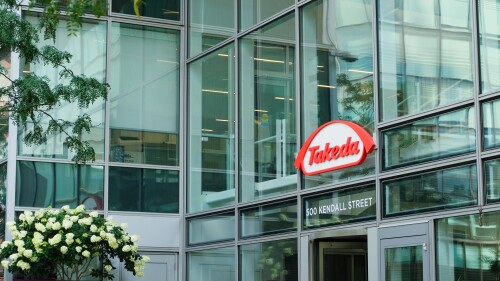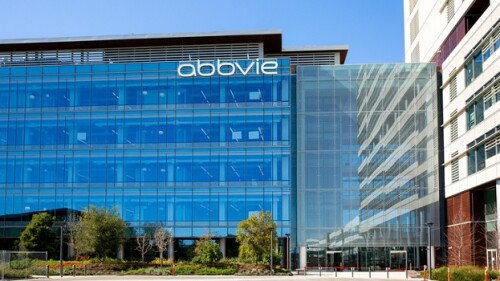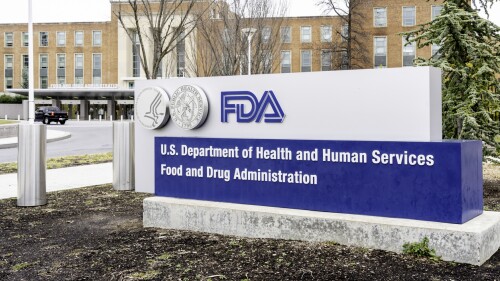The FDA’s Vinay Prasad recently claimed in an internal memo that at least 10 children have died from coronavirus vaccines, but an internal safety review showed that the count was much lower.
The loss of domvanalimab is the latest in a string of high-profile failures recorded across the biopharma world for the TIGIT modality, including from GSK, Merck and Roche.
Generalized myasthenia gravis is Uplizna’s second new indication this year, after the FDA cleared the anti-CD19 antibody for IgG4-related disease in April.
Blujepa is also approved for uncomplicated urinary tract infection in females 12 years and older.
The 2024–2025 formulations of COVID-19 vaccines had an effectiveness rate of 76% at preventing emergency or urgent care visits in children aged 9 months through four years, according to a new report.
In a first for the Parkinson’s field, AC Immune’s immunotherapy has stabilized key biomarkers that suggest an effect on the disease’s course.
FEATURED STORIES
Previous mega blockbusters took years to reach their peak sales. Lilly’s tirzepatide franchise is on course to exceed them just a few years in.
Experts suggest the FDA’s Advanced Manufacturing Technologies designation could be a lifeline for improving production processes for approved cell and gene therapies.
Mixed headlines have plagued the cell and gene therapy space of late. We believe that a renewed case of optimism is not only warranted but essential if these therapies are to reach their full potential.
Since July, several biotechs have been forced to pivot as previous agreements with the FDA around evidence required for approval were reversed, a phenomenon that, according to experts, could portend a more restrictive regulator.
The drugmaker’s dominance of the obesity market is fueling predictions that years of growth lie ahead.
Novo Nordisk goes “on the offensive” following Trump deal that also included rival Eli Lilly, putting an exclamation point on rapidly declining GLP-1 drug prices. Experts say the unusual situation makes it hard to predict what’s next.
LATEST PODCASTS
In this episode presented by Element Materials Technology, guests Dr. Jihye Jang-Lee and Dr. Khanh Courtney will explore how healthcare and pharmaceutical players are rethinking their strategies amid global supply chain disruption.
In this episode presented by PII, BioSpace’s head of insights discusses decentralized clinical studies and how connected technology can improve patient compliance with guests Oliver Eden and Travis Webb.
Johnson & Johnson has yet to make a drug pricing deal with Trump; Novo makes more moves under new CEO; more than 1,000 laid off from CDC, though many immediately hired back; the BIOSECURE Act is back and more.
Job Trends
Looking for a biopharma job in Illinois? Check out the BioSpace list of six companies hiring life sciences professionals like you.
Subscribe to GenePool
Subscribe to BioSpace’s flagship publication including top headlines, special editions and life sciences’ most important breaking news
SPECIAL EDITIONS
In this deep dive BioSpace dissects the global obesity and diabetes markets along with the growing pipelines that aim to serve them.
For the second quarter of 2024, there were 25% fewer jobs posted live on BioSpace compared to the same quarter of 2023. The year-over-year job response rate rose from 14.6% to 15.3%.
The pace of mergers and acquisitions has accelerated. In this deep dive, BioSpace takes a closer look at the nature of recent deals and the players involved.
DEALS
-
Eli Lilly has been on a dealmaking spree this year, with a few deals worth $1 billion or more. Aside from SangeneBio, these include SiteOne, Verve and Scorpion.
-
After a bidding war erupted between Pfizer and Novo Nordisk over the fledgling obesity drugmaker, Metsera sided with its original suitor in a final agreement announced late Friday evening.
-
During a press conference to announce a drug price deal for GLP-1s, President Donald Trump asked for more details about the ongoing bidding war between Novo Nordisk and Pfizer over obesity biotech Metsera.
-
Pfizer and Novo Nordisk seem to want Metsera bad. Analysts are wondering, though: Is the obesity biotech really worth this much effort?
-
Investors got to hear Novo Nordisk’s side of the Metsera bidding war drama for the first time on Wednesday, as the company reported third-quarter earnings. A rough quarter underscored the stakes for the Danish pharma.
WEIGHT LOSS
-
The agreement will also secure a $150 price for future weight loss pills from Novo Nordisk and Eli Lilly—at least initially.
-
The highest dose of Eli Lilly’s eloralintide led to 20.1% weight loss after 48 weeks in a Phase II trial, exceeding analyst expectations and highlighting a “potentially best in class profile,” according to BMO Capital Markets.
-
In an investor call Thursday, AstraZeneca CEO Pascal Soriot outlined his company’s approach to obesity drug development based on “the medical aspect” of weight loss, including driving down visceral fat.
-
The court’s decision allows Metsera to walk away from its previous acquisition agreement with Pfizer in favor of Novo Nordisk’s higher bid.
-
Pressure from the FTC and Pfizer is building around Novo Nordisk’s bid to snatch obesity biotech Metsera. The antitrust watchdog has spotted issues with the structure of Novo’s bid, while its New York-based rival has put more money on the table.
POLICY
-
An unnamed source clarified that Sandra Retzky has not been fired from the FDA, but it remains unclear where she was reassigned.
-
The last few months have been tumultuous for the CDC, which has seen the ouster of Director Susan Monarez and all 17 members of the Advisory Committee on Immunization Practices.
-
A new version of the controversial bill removes the specific company names that were included in a previous iteration but still requires the industry to ditch Chinese biotech contractors in order to receive federal dollars.
-
The British proposal to increase support for pharma is “clearly positive,” according to analysts at Leerink, who noted that the NHS’ move will improve patient access to treatments.
-
The CDC’s Advisory Committee on Immunization Practices was scheduled to convene Oct. 22 to 23, but this meeting has been postponed, with no new date specified. The delay comes as the VA published new research showing that COVID-19 shots prevented hospitalizations and death.
As market values increase for computational biology and data science, biopharma companies are looking to hire R&D professionals in those areas. A biotech talent acquisition expert shares his insights on these in-demand roles.
Gratitude, a key part of stoicism, can benefit those working in—and being served by—the pharmaceutical industry.
Businessman and entrepreneur Mark Cuban recently discussed leadership with Leadership Lab columnist Michael Pietrack. The three lessons that came out of that conversation start with one word: caring.
When hiring job candidates to work on cell and gene therapies, companies look for more than just technical skills. Talent acquisition executives from Bristol Myers Squibb and Intellia Therapeutics offer an inside look at what they want in an employee.
Learn how to leverage your end-of-year downtime to document achievements, update your professional presence and prepare for a successful 2025.
Based on how President-elect Donald Trump’s first administration handled immigration, experts are concerned about how his second term will impact foreign-born biopharma professionals. Two immigration attorneys discuss what may be ahead, including increased difficulty getting work visas.
HOTBEDS
REPORTS
BioSpace’s Employment Outlook report investigates anticipated job search activity and hiring outlook in 2024 as well as how the current workforce is currently faring
If it feels like there has never been a tougher time to look for work, you’re not alone—and you’re likely not wrong.
In this job market report we’re reviewing life sciences job market movement in Q3 and what to expect for Q4 and beyond.
CANCER
-
The discontinued CAR T therapy bbT369 came to Regeneron when the pharma bought all of 2seventy bio’s pipeline assets for $5 million upfront in January 2024.
-
The antibody-drug conjugate, withdrawn from the market by GSK in 2022 after failing a confirmatory study, was approved Thursday by the FDA for previously treated patients with multiple myeloma. This is despite a negative advisory committee vote in July.
-
The deal focuses on ICT01, a monoclonal antibody being tested in acute myeloid leukemia. ImCheck is also developing assets in infectious disease and other oncology indications.
-
Pfizer, Merck, AstraZeneca and Bristol Myers Squibb were among the many biopharmas showing off novel cancer modalities at ESMO, with antibody-drug conjugates, bispecific antibodies and kinase inhibitors demonstrating encouraging efficacy and safety for various cancers.
-
For $1.2 billion upfront and up to $10.2 billion in milestones, Takeda will gain access to a bispecific antibody fusion protein targeting both the PD-1 and IL-2 pathways, among other assets.
NEUROSCIENCE
-
A day after Pfizer closed its hotly contested Metsera deal, Lundbeck has made an unsolicited offer to steal Avadel Pharmaceuticals away from Alkermes.
-
In January, AbbVie and Calico’s fosigotifator failed to show significant signs of efficacy in the HEALEY ALS platform trial for amyotrophic lateral sclerosis.
-
Alixorexton’s Phase II performance sets it up for late-stage success, according to analysts at Truist Securities. Alkermes expects to launch a global late-stage program early next year for narcolepsy type 2.
-
After the FDA rejected its spinocerebellar ataxia treatment, Biohaven missed out on a $150 million payment from Oberland Capital. Now the company is reshuffling its pipeline to stay alive.
-
The mid-stage failure was unexpected to analysts at BMO Capital Markets, who viewed ‘770 as mostly derisked given its similar mechanism of action to Johnson & Johnson’s Spravato.
CELL AND GENE THERAPY
-
Despite announcing a broad pivot to siRNA earlier this year, Sarepta is following through with an investigational gene therapy: its limb-girdle muscular dystrophy candidate. But the treatment’s path forward, analysts say, is highly uncertain.
-
After the FDA revoked Sarepta Therapeutics’ platform designation in July, Krystal Biotech is “poised to be the first major beneficiary” of this program, according to analysts at William Blair.
-
Johnson & Johnson has yet to make a drug pricing deal with Trump; Novo makes more moves under new CEO; more than 1,000 laid off from CDC, though many immediately hired back; the BIOSECURE Act is back and more.
-
The startup, launched out of CEO Kevin Parker’s grad school idyll during the COVID lockdowns, is primed to find new targets where Big Pharmas won’t dare.
-
Regeneron is aiming to file a regulatory application for DB-OTO by the end of the year.



